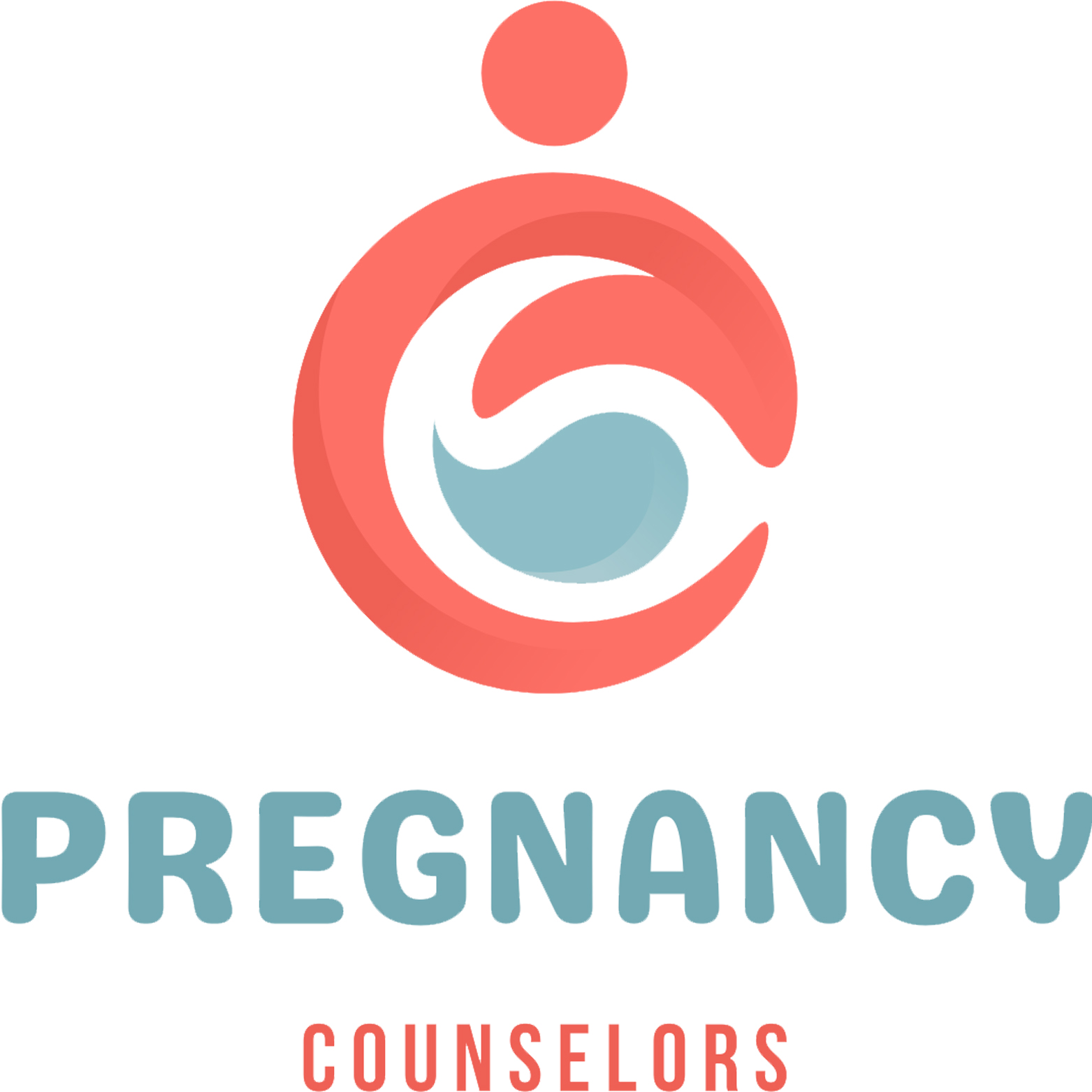It is pretty easy to feel overwhelmed by the pregnancy nutrition advice, but eating properly is not tough when you are pregnant. Meal planning during pregnancy are easy to manage with some simple and online tools that help you get the nutrients and fulfil the nutritional needs of your baby as well. Here, we are going to share detailed nutrition guidelines, and we will also discuss how you can use them to plan meals during your pregnancy.
MyPlate for Pregnancy and Breastfeeding
You may know the food guide pyramid from the US Department of Agriculture, which is outlined by how daily servings you eat from the different categories of food. Also, that pyramid is adapted to become MyPlate, which is a system for selecting healthy food on the basis of the USDA’s dietary guidelines. Also, the site offers a section on health and nutrition for pregnant and breastfeeding women. It offers a personalized tracking system that suggests meal plans on the basis of your age, height, pre-pregnancy weight, activity level, and trimester.
MyPlate also divides the food into five main groups, which are grains, fruit, vegetables, protein, dairy and oils. In terms of getting the individualized meal plan for first trimester of pregnancy with the general guidelines on what to select from every group, you can visit their site.

Meal Planning During Pregnancy should contain
Here, we are going to share the proper meals which you can plan for your pregnancy and have a healthy pregnancy. This sample meal plan for healthy pregancy is mainly created for a 32-year-old woman whose height is 5 feet 4 inches and weight is 130 pounds before pregnancy; it is her second trimester, and she gets less than 30 minutes of physical activity.
Grains: 7 Ounces a Day
Generally, an ounce of the grain is equal to one slice of bread and, one small corn or flour tortilla and a cup of ready-to-eat cereal or half a cup of cooked cereal, rice or paste. You have to get half of your daily grains from whole grains such as whole wheat bread or brown rice; Whole grains have lots of fibre, vitamins and nutrients as well.
Fruits: 2 Cups a Day
Depending upon the colour of the fruit that you eat, select fresh as compared to canned or frozen. Lots of packaged food is preserved in sugary liquids, and in such cases, you have to select the product without added sugar.
Vegetables: 3 Cups a Day
Fresh vegetables are tastier than canned or frozen ones, and they are the best option if you are willing to limit your sodium intake. When it comes to vitamins and fibre, plain canned and frozen veggies are so nutritious compared to fresh. For high nutrition, depending upon the colour of the selected vegetables. Broccoli is an example which is packed.
Meat and Beans: 6 Ounces a Day
It is equal to the two servings, which are about the size of the deck of cards. You can opt for lean meat and limit the fish to 12 ounces per week.
Dairy: 3 Cups a Day
In the MyPlate plan, 1 cup of dairy is equal to 1 cup of milk or yoghurt, 11/2 ounces of natural cheese, and 2 ounces of processed cheese. for calcium & protein sources, dairy products are best.
Fats and Oils: 6 Teaspoons a Day
The best sources mainly include canola oil, olive oil, sunflower oil, fatty fish, avocados, nuts, seeds and olives as well.
Discretionary Calories: 266 a Day
This sample budget has 266 more calories, which you use as per your liking, but you have to include them into your daily calorie budget. In simple words, you can have a scoop of ice cream, or you can put some sugar into your decaf iced tea, but these calories count towards your daily count.
Conclusion
When you have created your meal planning during pregnancy, then don’t try to hit the exact number for every category. Shoot for the average, which is in the desired range over the week. When your pregnancy progresses, you are required to eat some more as your nutrition is required to change during the different pregnancy stages.
Also Read More Blog: Best Diet for Pregnant Women
FAQs
How Do I Plan My Meals During Pregnancy?
You can easily use a variety of foods to get the nutrients which you need. You have to aim for 6 to 11 servings of bread and grains and 2 to 4 servings of fruit. Also, have four or more servings of vegetables, les and four servings of dairy products and three servings of protein sources like meat, poultry, fish, eggs and nuts regularly.
What all should Best Meal for a pregnant woman contain?
The whole grains like brown rice, millet, oatmeal, bulgur and whole wheat bread. Proteins such as fish, chicken eggs, lean meat, beans and lentils, seafood, groundnuts, tofu, and seeds. Also, low-fat or fat-free dairy products like milk, cheese, yoghurt, lactose-free dairy and soy beverages like soy yoghurt or soy milk.
Is It OK to Skip Meals During Pregnancy?
Mothers who gain lords of weight during their pregnancy are at a high risk of developing diabetes and high blood pressure. Skipping meals during pregnancy hurts the unborn child’s neurological development.
What Are 3 Kinds of Food That a Pregnant Woman Should Eat?
Whole grains, fruits, vegetables and iron-rich foods are so beneficial, but you have to avoid caffeine, alcohol and some of the fish and cheeses, which are not safe. For a healthy pregnancy, your diet must include a balance of proteins, carbs, and fats.

